THINGS LEFT UNDONE—how they haunt us. At any rate, they haunt me. I’ve noticed that they don’t haunt everyone else. A great many people seem to be able to walk through their days without hearing at their heels the dogged shuffle of neglected duties, but I am not a member of that lighthearted crew. The things I ought to have done are there behind me always, each with a hook in me, holding on with a thin but sturdy line, dragging along behind me, a nagging reminder of a debt I ought to pay to the past before I pack up and move on to something new. So, it is a happy occasion when I get an opportunity to clip one of those strings and leave a millstone in the dust.
I had left Miss Rheingold’s general science paper unfinished all those years ago because its requirements were so daunting and bewildering. It was much more demanding than anything I had encountered in school before I encountered Miss Rheingold. For one thing, the paper had to be quite long, and until she came along my classmates and I had grown accustomed to working in a shorter form—one side of a sheet of paper with widely spaced lines. I liked that form just fine. I could take in all my work at a glance and check it for the seamless integration of ideas that I worked to achieve. Now I was going to have to blather on about a single subject for far longer than I thought I could.
For another thing, the paper had no fixed deadline. We were to turn it in when we thought it was ready for Miss Rheingold to read. This meant that we had to impose a kind of discipline on ourselves that none of us was accustomed to: we had to work until the job was finished—but we didn’t really know what finished meant. We had never had to decide when a job was finished before. It had been finished when the time was up. Finished meant no more than ended. Often it just meant that the bell had rung.
For yet another thing—and this is the main thing that kept me from turning the paper in while Miss Rheingold was still around to receive it—the paper had to include a project, either an experiment or a demonstration, that illustrated its thesis. I didn’t devise a project that satisfied me until after the school year was over and Miss Rheingold was gone (in fact, I didn’t even realize that the project I had devised was the project I needed to complete my paper until that morning when I was sitting on the deck with Albertine’s parents, remembering Miss Rheingold’s legs).
Finally, and most exasperatingly, the paper had to answer an enormous, nearly imponderable question, the one that is the title of this book. If it seems like a simple question to you, try thinking about it with a ten- or eleven-year-old brain. Well, where are the edges of things? Where in space-time, for instance, does one phase of your life end and another begin? Where do you mark the onset of an idea, a discovery? Where do you mark the end of a belief? Where does my table end and the keyboard of my computer begin? Vivian’s description of her homemade STM set me to pondering such questions all over again, and that was the start of my work on this book—or was it? Perhaps my work on this book really started with my work on Miss Rheingold’s science assignment. Perhaps it began even earlier. Regardless of when it began, it is now, I think, finished at last.
I am astonished at how long this book became. I tried to cut some of the details, but I couldn’t eliminate split session, the broadcasting career of Flo and Freddie, the drumlin in our back yard, my lighthouse, the terrazzo floor of the Purlieu Street School, splines, green blackboards, Miss Rheingold’s legs and perfume, the smell of new pencils, shandy, Quanto the Minimum, Elementary Introductory Physics Made Easy for Beginners (Book One), Marvin’s mother’s redfish court bouillon, my mother’s business ventures, fried baloney, Ariane’s hip, or Kap’n Klam’s flirtation with hamburgers, and despite my cuts I think there may still be too many gadgets in here, but I couldn’t eliminate any of the ones that appeared on “Fantastic Contraptions,” or the windup record player, the combination locks on the lockers in the school, the flour bomb, my Shackleton Superba, the Lodkochnikovs’ television set, or the windflowers, and so this book is as long as it is, which is, I hope, just as long as it ought to be.
(By the way: it has been my habit, heretofore, to tell my tale in installments of nearly equal length, the length of novellas. This installment is the equivalent of three of those. If it actually were three of those, instead of the seamless construction that it is, they would have had the titles “Quanto the Minimum,” “Ariane’s Hip,” and “Night Watchman.” You may want to look for the boundaries as you read.)
Peter Leroy
Small’s Island
February 8, 1991
[to be continued]
In Topical Guide 565, Mark Dorset considers Obligations: Deadlines; and Personages, Historical: Miss Rheingold from this episode.
Have you missed an episode or two or several?
You can begin reading at the beginning or you can catch up by visiting the archive or consulting the index to the Topical Guide.
You can listen to the episodes on the Personal History podcast. Begin at the beginning or scroll through the episodes to find what you’ve missed.
You can listen to “My Mother Takes a Tumble” and “Do Clams Bite?” complete and uninterrupted as audiobooks through YouTube.
You can ensure that you never miss a future issue by getting a free subscription. (You can help support the work by choosing a paid subscription instead.)
At Apple Books you can download free eBooks of Little Follies, Herb ’n’ Lorna, and Reservations Recommended.
You’ll find overviews of the entire work in An Introduction to The Personal History, Adventures, Experiences & Observations of Peter Leroy (a pdf document) and at Encyclopedia.com.




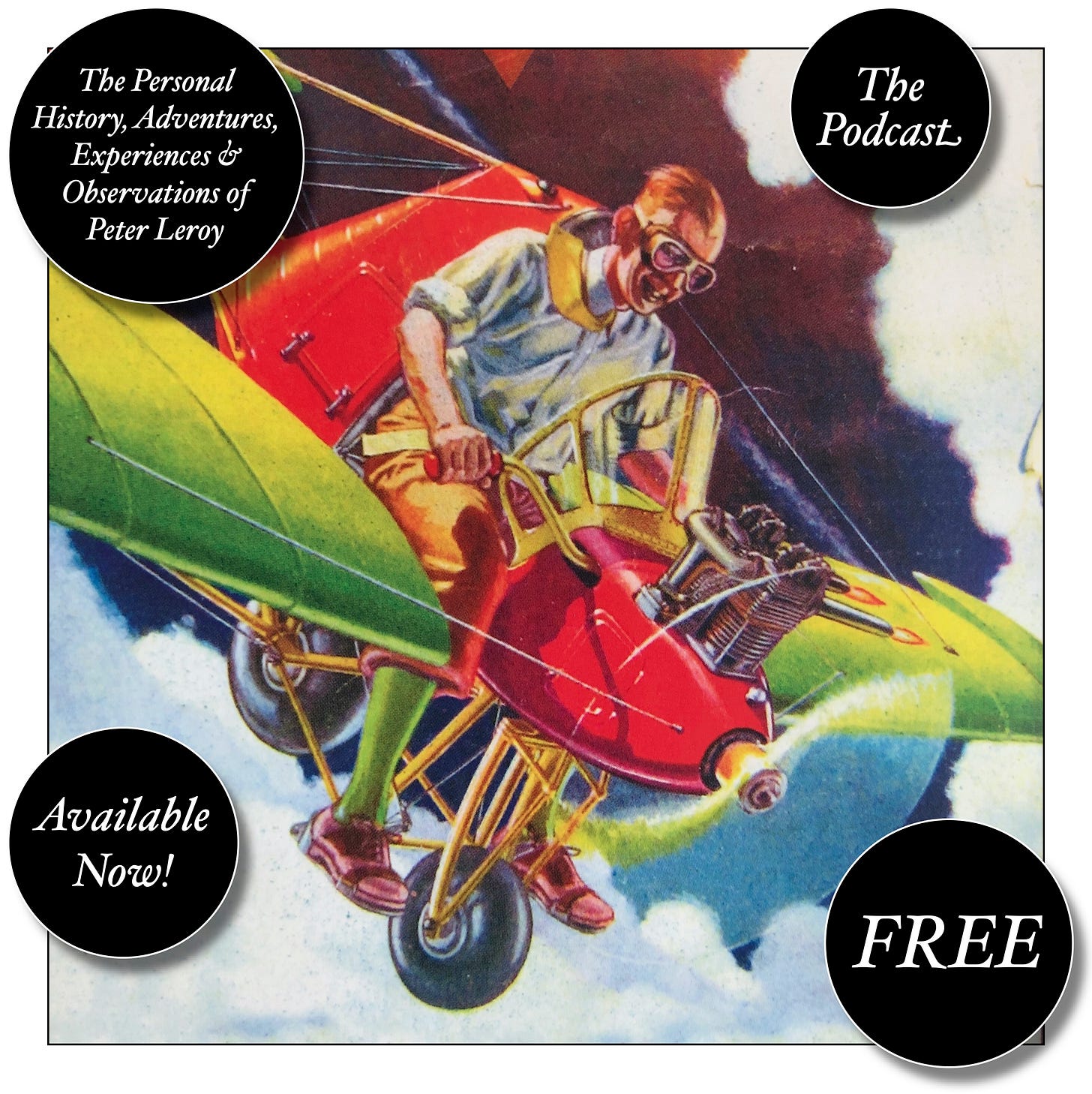




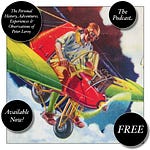
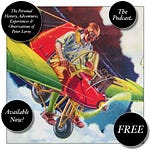
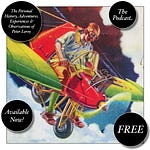
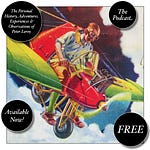

Share this post